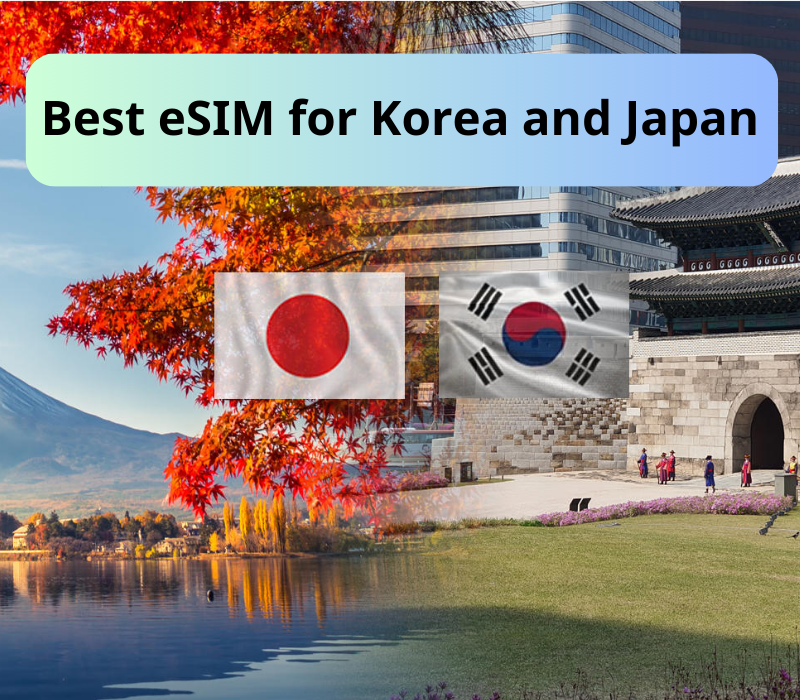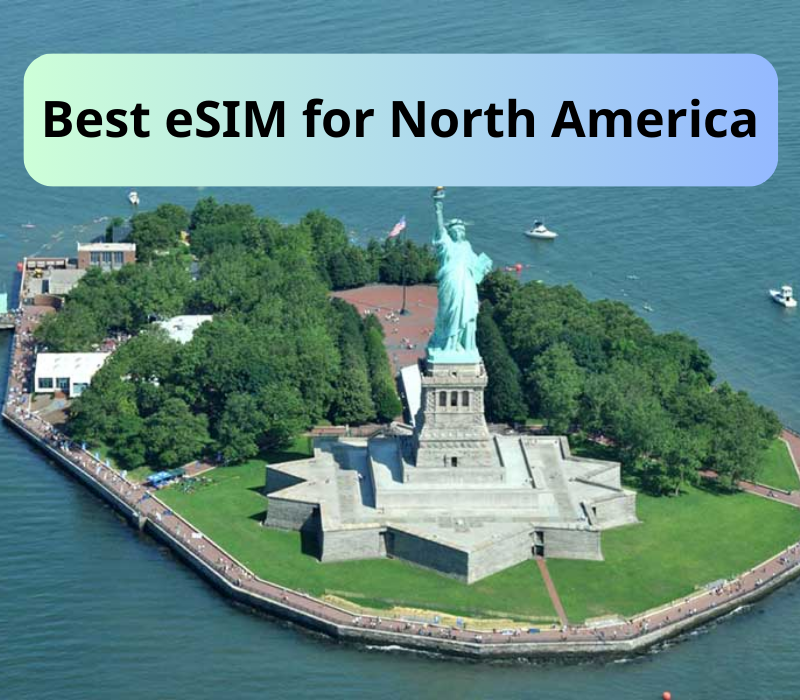Since Japan is a country known for modern technology, and innovative applications in daily life, I was supposed it would have a costly living cost. But assumptions are one thing, and real experience is another. Therefore, I decided to go to the country 2 times to try to live in several cities to experience. Then, I was surprised that there are still cities with enough entertainment, education and living materials just at affordable prices.
So, I am eager to tell you guys my personal insights on the cheapest place to live in Japan so you can choose one. Whether you are thinking short or long-term, these places are great choices where you can live comfortably without breaking the bank. Let’s continue reading!
Related posts:
- Things that are cheaper in Japan: Surprisingly affordable finds!
- Best place to visit in Japan with family
- Is Golden Week a good time to visit Japan: The ultimate guide
- Is Japan safe to travel alone? The answer from an expat
The cheapest place to live in Japan?
1. Sapporo

Sapporo emerges as an economic haven in Japan, offering a cost-effective lifestyle compared to major cities. Renting a one-bedroom apartment in the city center averages around ¥70,000 per month, notably less than in Tokyo.
Affordable options extend to the suburbs. Sapporo’s proximity to Hokkaido’s agricultural and fishing industries ensures budget-friendly groceries, with markets showcasing a variety of fresh produce, seafood, and meat.
The well-established public transportation system, encompassing subways, buses, and trams, provides cost-effective commuting, while utility bills remain comparable to other Japanese cities.
With a Numbeo cost of living index ranking Sapporo a score of 56.53, living costs here are approximately 44% lower than the world average. Sapporo stands out as an attractive and economical choice for those seeking affordability in Japan.
2. Fukuoka
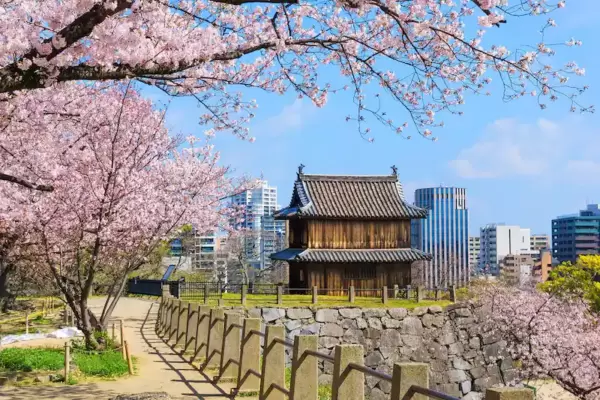
Fukuoka is one of the most affordable places to live in Japan, especially when compared to major cities like Tokyo and Osaka. The cost of living in Fukuoka is notably lower in various aspects. Rent, for instance, is significantly economical, with decent apartments available for around ¥40,000-¥60,000 per month, a fraction of the ¥80,000-¥100,000 range in larger cities.
The city’s renowned yatai (food stalls) contribute to the affordability, offering delicious and hearty meals for under ¥1,000. Fukuoka’s well-developed public transportation system, featuring cost-effective subways and buses, adds to the city’s appeal. Cycling, a popular and budget-friendly mode of transport, further enhances accessibility. Additionally, utilities and entertainment expenses are generally more economical in Fukuoka compared to other major Japanese cities.
3. Osaka
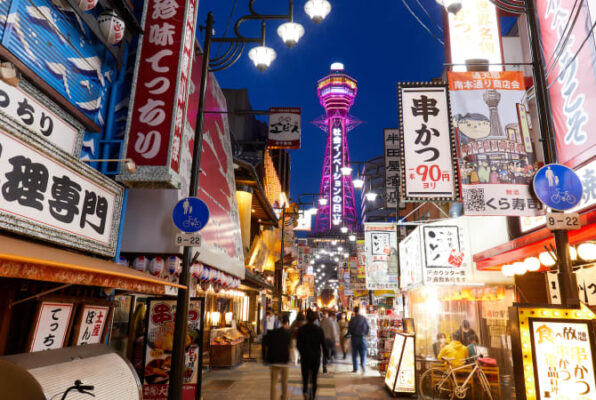
Compared to the bustling metropolis, Osaka emerges as a more budget-friendly option, boasting a cost of living 10-20% lower. Housing expenses, whether renting or purchasing, take a significant dip, with average rents for one-bedroom apartments at approximately ¥90,000, a noteworthy contrast to Tokyo’s ¥150,000.
Additionally, Osaka excels in affordability regarding food and transportation costs, making it an appealing alternative. While Osaka is still considered a major city with a relatively high cost of living, it stands as a more economical choice than many Western European cities and New York City, ranking 35th on the Numbeo Cost of Living Index compared to Tokyo’s 12th position.
Notably, the city offers economic perks such as delicious yet affordable street food, numerous free or low-cost entertainment options, and a variety of thrift stores and discount shops, making Osaka an overall reasonably priced city to call home.
4. Kawasaki
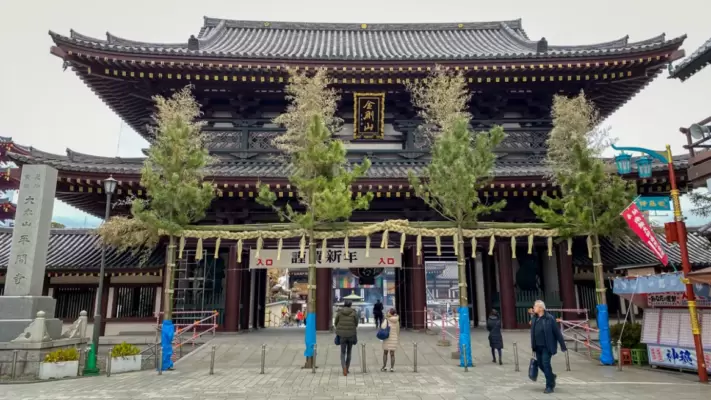
Nestled in the shadows of Tokyo, Kawasaki is a budget-friendly haven for those seeking affordable living in Japan. While not as inexpensive as some rural areas, the city boasts a considerably lower cost of living than its bustling neighbor.
Accommodation is a standout, with apartment rents 30-50% cheaper than Tokyo, averaging ¥60,000-80,000 monthly for a one-bedroom unit. Transportation remains economical, benefiting from seamless connectivity to Tokyo via trains and other public options.
Grocery costs, though slightly higher than certain regions, are notably lower than Tokyo, complemented by budget-friendly dining options. Overall, Kawasaki’s cost of living averages 8-10% less than Tokyo, offering substantial savings. Lifestyle choices and specific neighborhoods can influence expenses, but for those prioritizing affordability without sacrificing convenience, Kawasaki stands out as a compelling choice in the Japanese living landscape.
5. Matsuyama
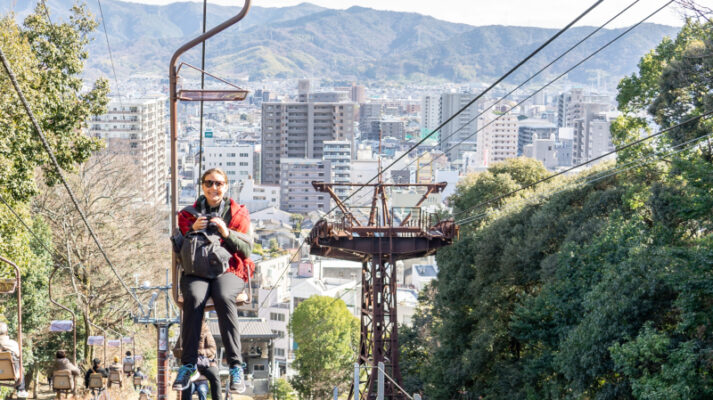
Matsuyama, which is in the heart of Shikoku, emerges as a remarkably affordable haven amidst the bustling landscape of Japan. Compared to Tokyo and Osaka, living expenses in Matsuyama are notably lower.
Housing costs paint a vivid contrast, with the average monthly rent at ¥40,000, a fraction of the ¥80,000 or more seen in Tokyo. Purchasing a house in Matsuyama is also a budget-friendly venture, with typical prices around ¥20 million, contrasting sharply with the steep costs in major cities like Tokyo. Groceries thrive on affordability, being 10-20% cheaper than in Tokyo, thanks to the region’s abundant agriculture.
Transportation follows suit, with a monthly bus pass at ¥3,000, a cost-effective alternative to the ¥5,000 or more in Tokyo. Beyond essentials, utilities and dining out are generally more economical. While Matsuyama may lack the vibrancy of larger cities, its charm lies in a relaxed lifestyle, complemented by stunning scenery, historic sites, and delightful cuisine.
As you consider this serene city, bear in mind its island location, offering a unique experience that may require a bit more effort to reach. With a population of around 500,000, Matsuyama exudes a quieter, slower-paced ambiance, making it an ideal choice for those seeking affordability and tranquility in Japan.
6. Kochi
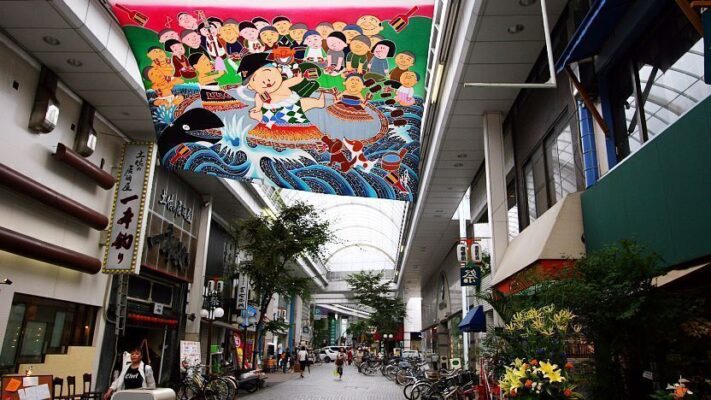
Kochi, nestled on the serene island of Shikoku, is often mentioned as cheapest place to live in japan. As the capital of Kochi Prefecture, it boasts a laid-back atmosphere, stunning natural landscapes, and a culinary scene that won’t break the bank. What makes living in Kochi particularly budget-friendly?
First and foremost, housing costs are significantly lower than in major cities like Tokyo or Osaka, with comfortable apartments available for around $500 per month. The affordability extends to the local cuisine, where fresh and delectable meals can be enjoyed in numerous restaurants, cafes, and conveniently located supermarkets.
Getting around is a breeze with an efficient and cost-effective public transportation system, featuring buses and trams. Moreover, Kochi offers a plethora of low-cost or free entertainment options, from exploring historical sites like Kochi Castle and Hirota Shrine to enjoying the scenic beauty of Katsurahama Seaside Park. Whether hiking in the mountains or swimming in the ocean, Kochi provides an affordable haven for those seeking a simple yet enriching lifestyle.
7. Hokkaido

Hokkaido, the northernmost jewel of Japan, stands out not only for its breathtaking natural landscapes but also for its affordability. The island boasts lower housing costs, offering spacious and budget-friendly options, be it a snug apartment or a charming log cabin.
Moreover, Hokkaido’s agricultural abundance ensures lower prices for fresh seafood, dairy products, and vegetables, resulting in economical grocery bills and a chance to savor delectable regional cuisine.
The island’s unhurried pace contributes to a more cost-effective lifestyle, providing affordable opportunities to explore nature, unwind in hot springs, or indulge in winter sports on the slopes.
Tips for saving money when living in Japan
Now that you know the cheapest place to live in Japan, there are still some strategic approaches to help you save money.
1. Choose accommodation wisely
When it comes to accommodation, consider looking beyond the major cities like Tokyo or Osaka, where rent can be exorbitant. Opt for smaller cities or suburbs, offering spacious apartments at a more affordable cost. Additionally, exploring alternative housing options such as share houses or traditional Japanese “minpaku” homestays can not only cut down on expenses but also provide unique cultural experiences.
2. Explore several options for food
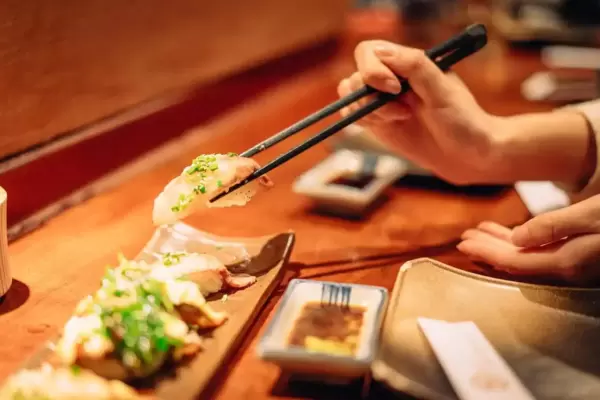
For food, embracing home cooking is a savvy move. Local supermarkets offer fresh and reasonably priced seasonal ingredients, allowing you to whip up delicious meals in the comfort of your kitchen. Another cost-effective food option is to befriend the bento, those convenient packed lunches available at convenience stores or supermarkets. Alternatively, you can get creative and make your own. Exploring 100-yen shops is also a budget-friendly way to stock up on everyday items, from snacks to kitchenware.
3. Utilize public transportation
Transportation costs can be minimized by mastering the art of cycling, taking advantage of Japan’s extensive bike paths and dedicated lanes. For tourists, the Japan Rail Pass provides unlimited travel on JR trains, including bullet trains, for a fixed period, offering significant savings on transportation expenses. Walking whenever possible not only promotes health but also saves money and allows you to discover hidden local gems.
4. Opt for low cost entertainment

When it comes to entertainment, seek out free activities such as visiting temples and shrines or enjoying serene parks. Local festivals and cultural events are great ways to experience Japanese traditions without spending money. Picnics in the park with a packed bento can offer a relaxing and affordable afternoon, and board game cafes are popular hangout spots that provide hours of entertainment for a small fee.
5. General tips
In general, learning basic Japanese phrases can enhance your daily life and potentially lead to better deals or discounts. Embracing minimalism and resisting impulse buying can save money and declutter your life. Lastly, tracking your expenses with budgeting apps can help you identify areas where you can cut back, ensuring that you stay on top of your finances while enjoying your time in Japan.
FAQs
1. Can I live cheaply in Japan?
The answer is Yes, living costs in Japan can vary depending on various factors such as location, lifestyle, and personal spending habits. While Japan is often considered an expensive country, it is possible to live more affordably with some mindful choices.
2. Is living in Japan expensive?
Yes, living in Japan can be relatively expensive compared to many other countries. Factors contributing to the higher cost of living include housing, utilities, and certain everyday expenses. However, expenses vary depending on location and lifestyle choices. Cities like Tokyo and Osaka tend to be pricier than rural areas. While it’s possible to live frugally by making budget-conscious choices, overall, Japan is often considered to have a higher cost of living compared to some other nations.
3. Can a US citizen live in Japan?
Yes, US citizens can live in Japan, but there are certain requirements and procedures to follow. For short-term stays (up to 90 days), US citizens can enter Japan for tourism or business purposes without a visa. However, for longer stays or if you plan to work, study, or reside in Japan, you will need to obtain an appropriate visa before entering the country.
Common visa categories include work visas, student visas, and family-related visas. The application process typically involves submitting required documents to the Japanese embassy or consulate, and approval times may vary.
Additionally, foreigners in Japan must register their residence and may need to secure health insurance. It’s advisable to research and understand the specific visa requirements based on your intended purpose of stay.
Wrap up
In conclusion, the feasibility of living cheaply in Japan largely depends on individual lifestyle choices and resourcefulness. While Japan is often perceived as an expensive country, I have listed the cheapest place to live in Japan so you can consider.
It is essential to strike a balance between frugality and quality of life, as some expenses, such as healthcare and certain cultural experiences, may be unavoidable.
Enjoyed this content? Give it a thumbs up and share it with your friends! Your support means a lot to us and helps others discover valuable information. Don’t keep this great content to yourself – spread the knowledge and positivity. Hit the like button and share now!







